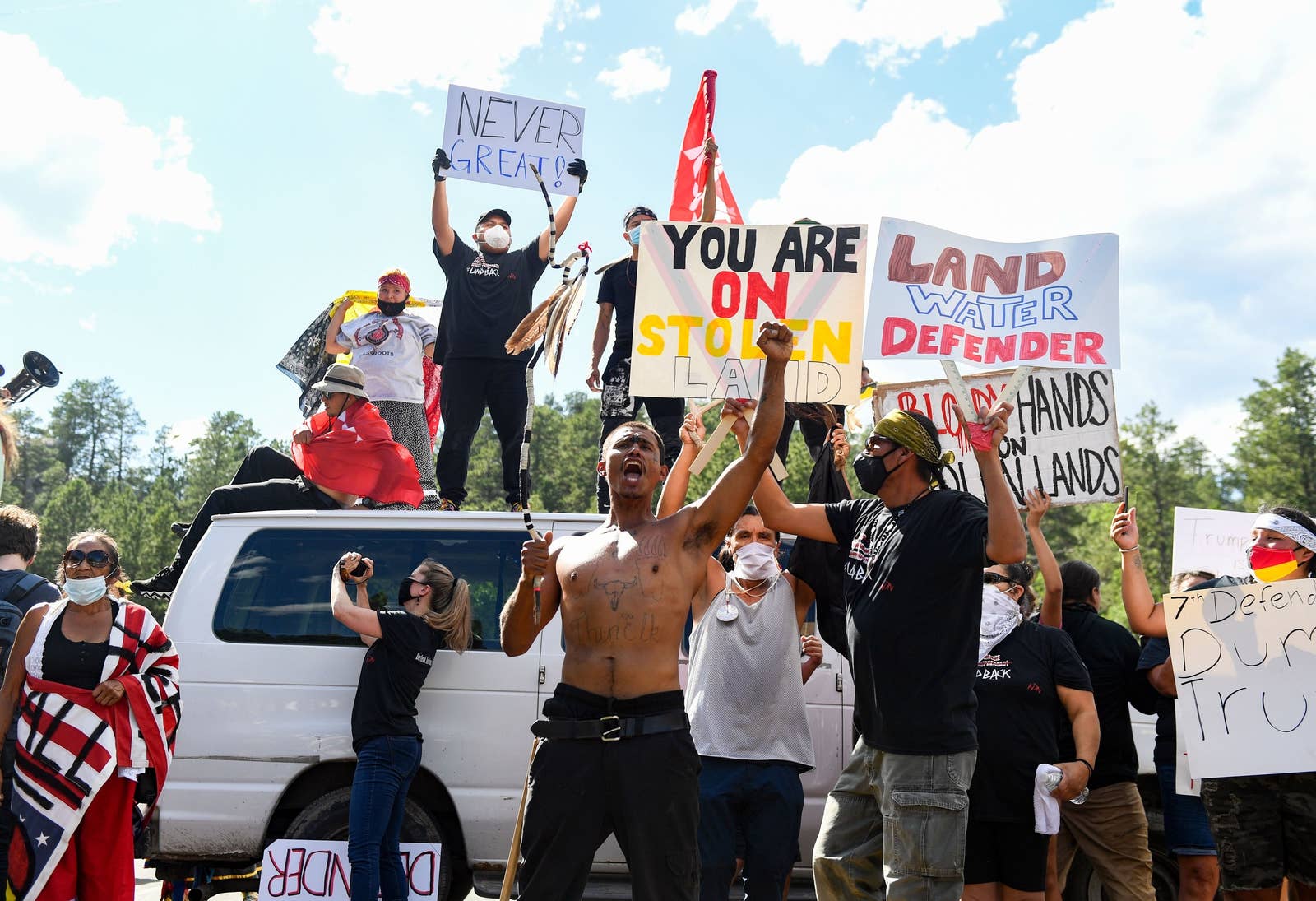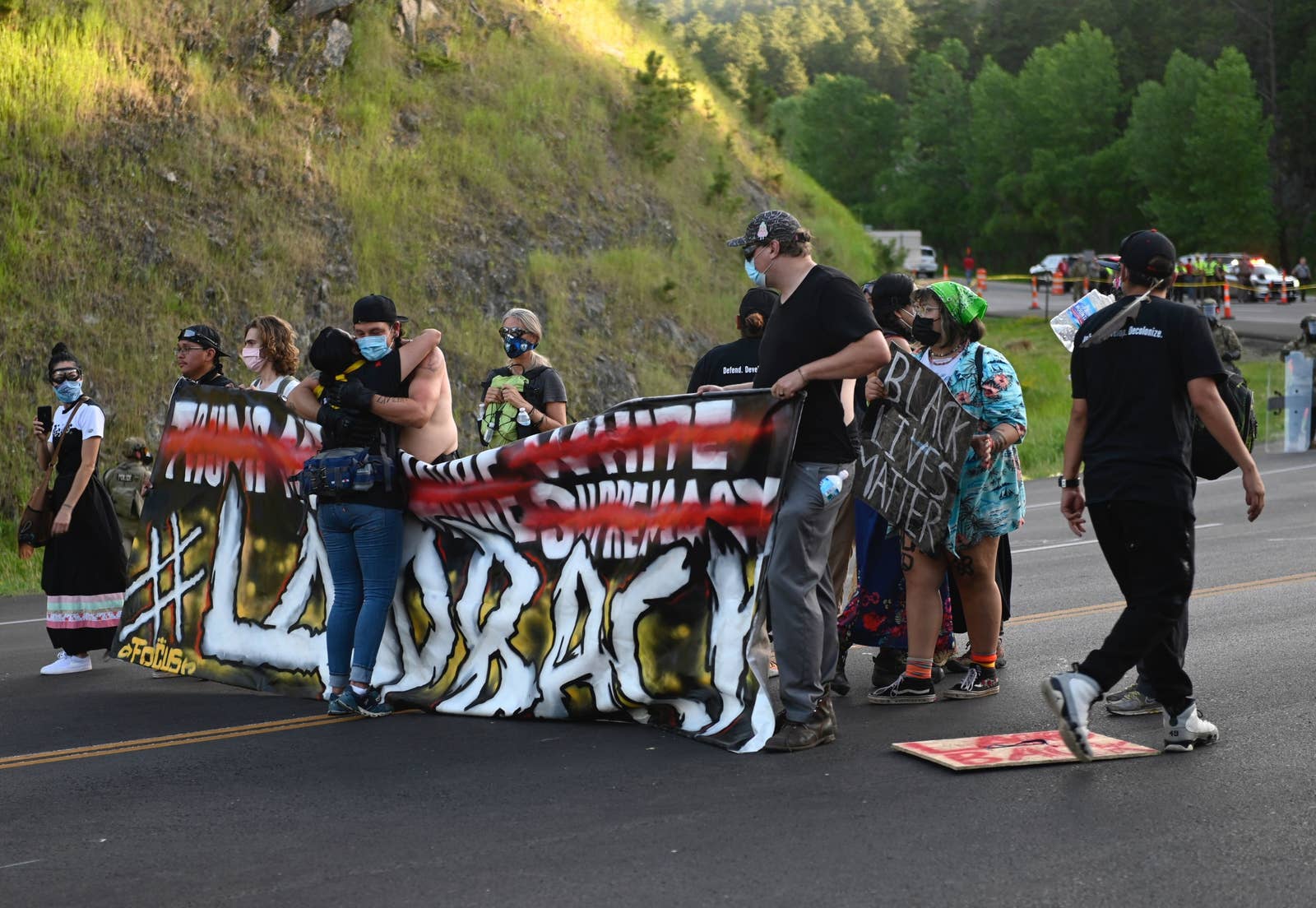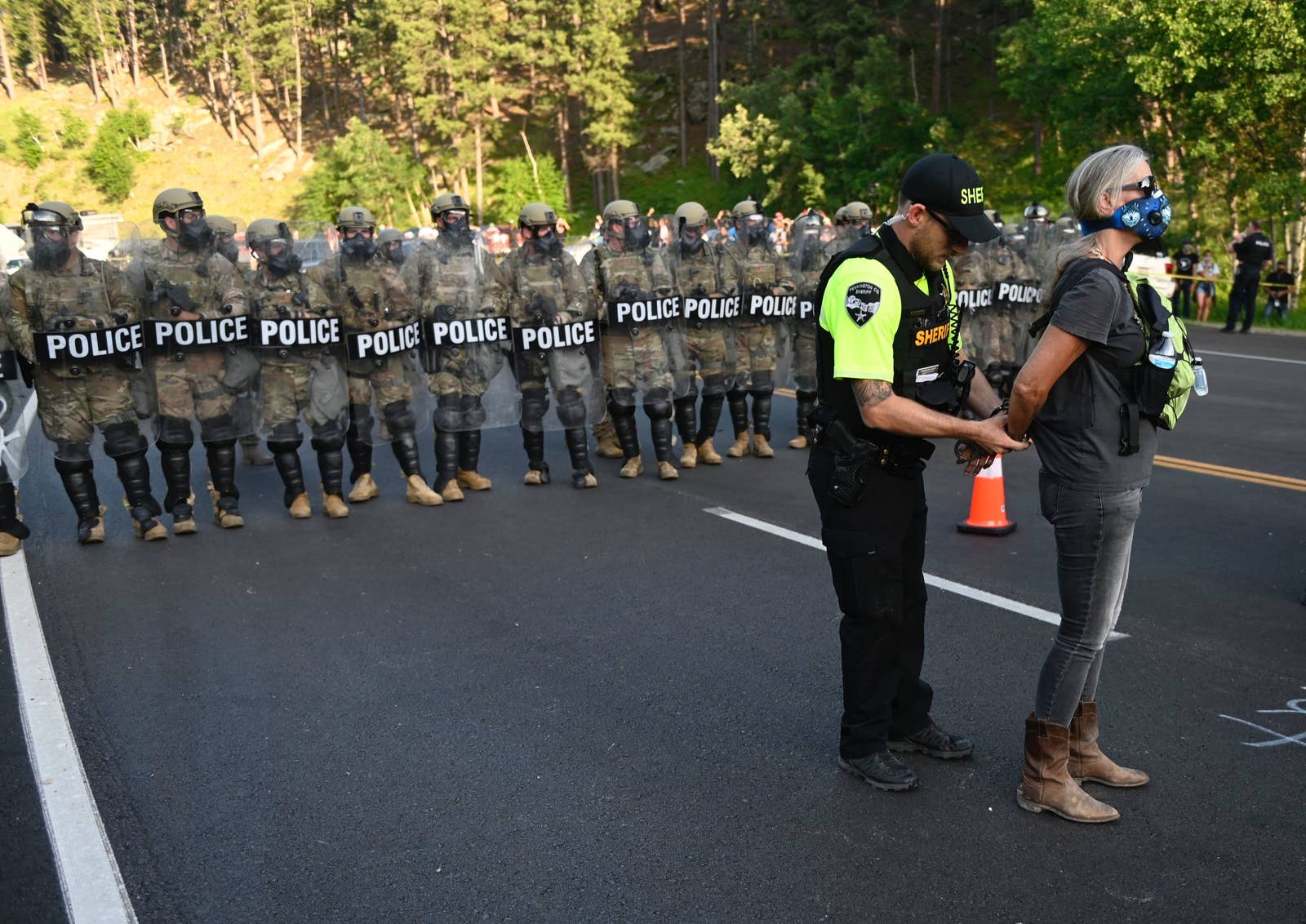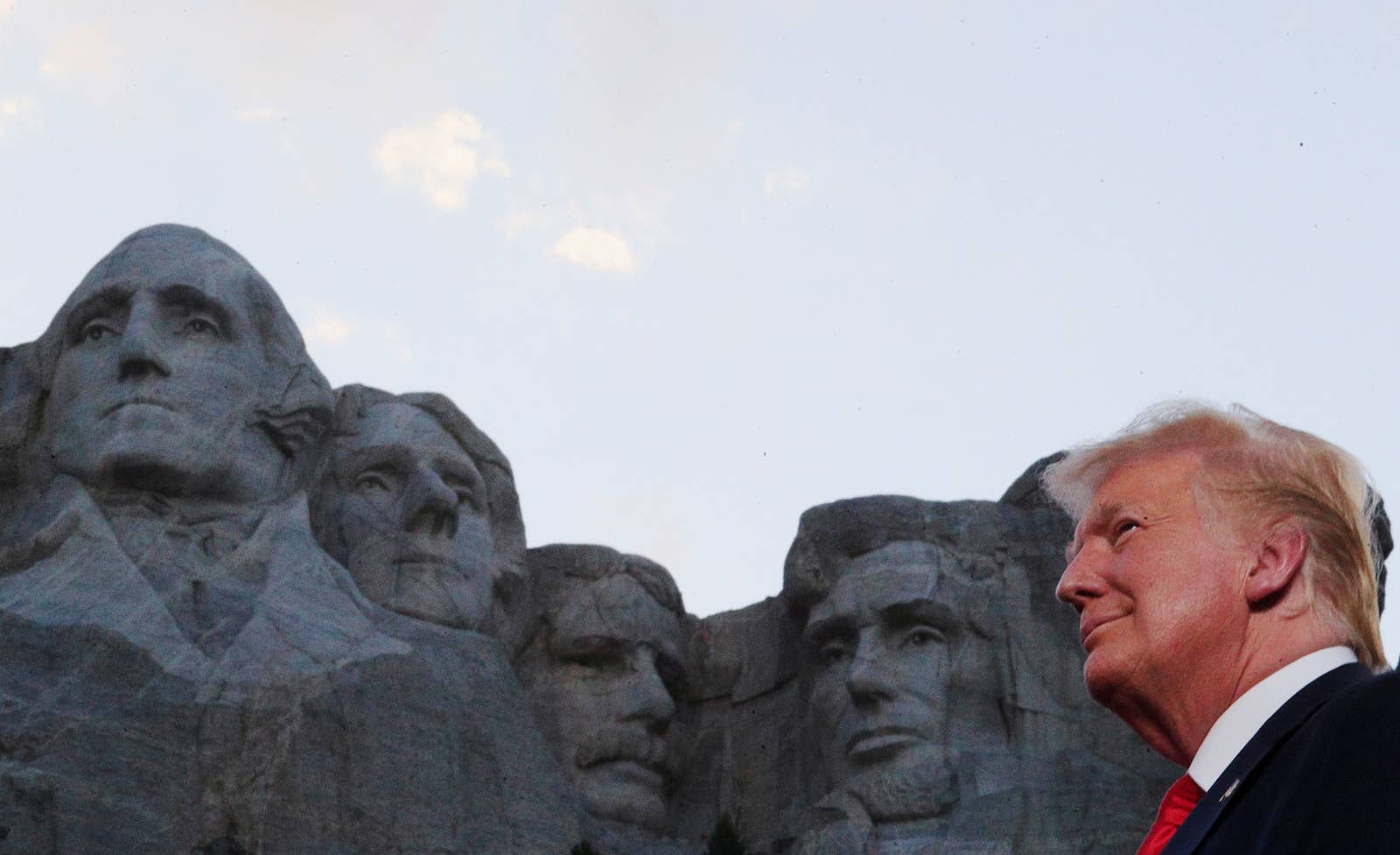How prison and police discrimination affect black sexual minority men's health
Incarceration and police discrimination may worsen psychological and physical health, Rutgers led study finds
Incarceration and police discrimination may contribute to HIV, depression and anxiety among Black gay, bisexual and other sexual minority men, according to a Rutgers led study.
The study, funded by the National Institute of Health (NIH) and published in the journal Social Science & Medicine, examined associations between incarceration, police and law enforcement discrimination and recent arrest with Black sexual minority mens' psychological distress, risk for HIV and willingness to take pre-exposure prophylaxis (PrEP) for HIV prevention.
"Evidence suggests Black sexual minority men in the United States may face some of the highest rates of policing and incarceration in the world," said lead author, Devin English, assistant professor at the Rutgers School of Public Health. "Despite this, research examining the health impacts of the U.S. carceral system rarely focuses on their experiences. This study helps to address this gap."
"We examined how incarceration and police discrimination, which have roots in enforcing White supremacy and societal heterosexism, are associated with some of the most pressing health crises among Black sexual minority men like depression, anxiety, and HIV," English added.
The researchers surveyed 1,172 Black, gay, bisexual, and other sexual minority men over the age of 16 from across the U.S. who reported behaviors that increased their risk for HIV over the previous six months. Participants reported on their incarceration history, experiences of police and law enforcement discrimination, anxiety and depression, sexual behavior, and willingness to take PrEP.
They found that 43 percent of study participants reported police discrimination within the previous year, which was most frequent among those with a history of incarceration. Respondents who faced high levels of police discrimination within the previous year also tended to show high levels of psychological distress and HIV risk, and a low willingness to take PrEP compared with their peers. The study also found that respondents who were previously incarcerated or recently arrested had a heightened HIV risk and lower willingness to take PrEP.
"These findings transcend individual-level only explanations to offer structural-level insights about how we think about Black sexual minority men's HIV risk," says co-author Lisa Bowleg, professor of psychology at The George Washington University. "The study rightly directs attention to the structural intersectional discrimination that negatively affects Black sexual minority men's health."
The article states that the findings support the need for anti-racist and anti-heterosexist advocacy and interventions focused on reducing discrimination in U.S. society, and the carceral system specifically.
"Despite experiencing a disproportionate burden of violence and discrimination at the hands of the police, and extremely high carceral rates, Black queer men are largely invisible in discourse on anti-Black policing and incarceration," says co-author Joseph Carter, doctoral student of health psychology at the City University of New York's Graduate Center. "Our study provides empirical support for the intersectional health impacts of police and carceral discrimination that have been systemically perpetrated onto Black queer men."
###

:focal(3309x2136:3310x2137)/https://public-media.si-cdn.com/filer/15/d2/15d2f61b-5ddb-4a80-a39d-74731006d4e9/dji_0747.jpg)
/https://public-media.si-cdn.com/filer/9c/a9/9ca92e73-2fc4-42da-b770-896aa2a3a7cf/fig01.jpg)
/https://public-media.si-cdn.com/filer/0f/f5/0ff53718-6df7-45a7-a016-12b74e3291e9/dhsc_sam_wright__05333.jpg)




























